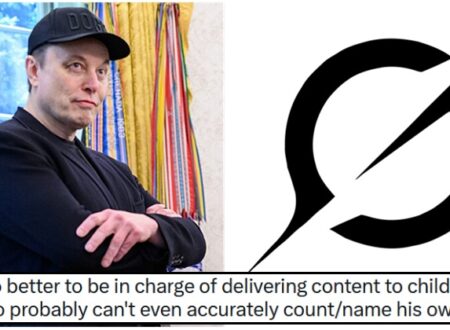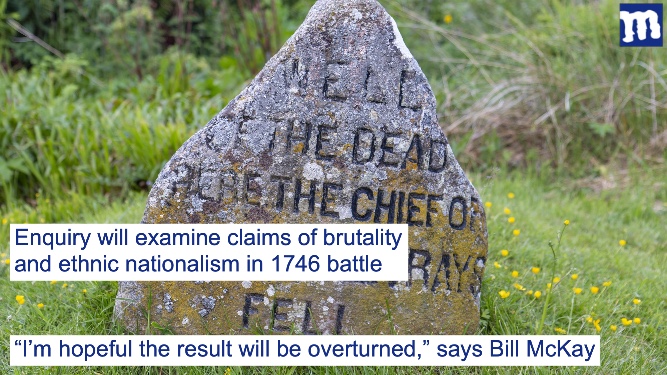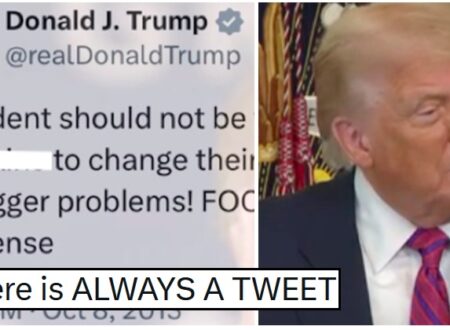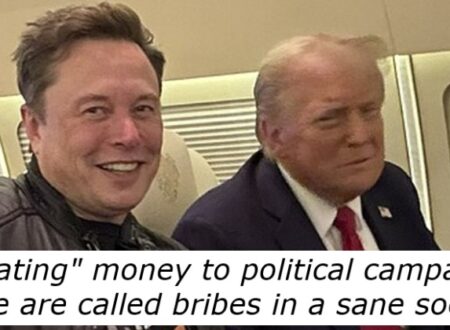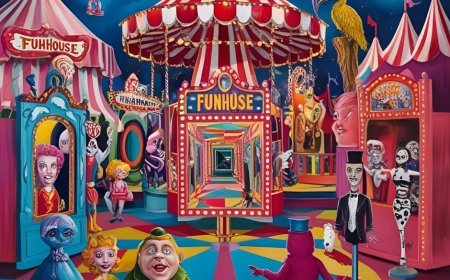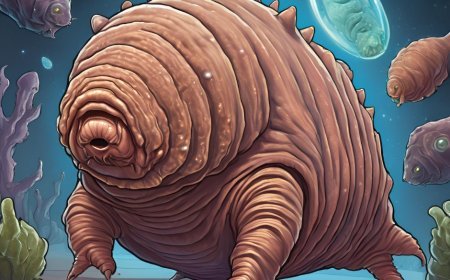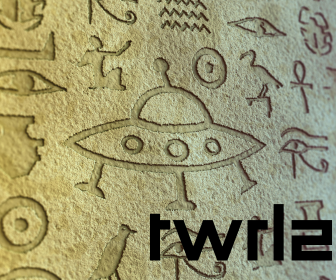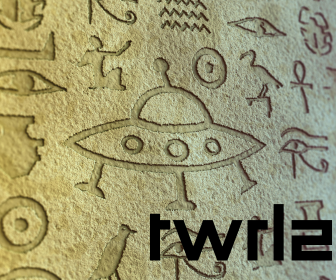The Spuriscope
John Ruth was granted patent no. 2,155,957 in 1939 for a "device for determining the genuineness of bank notes." He managed to bring his invention to market ten years later, calling it the Spuriscope. It was a flat plastic disc that looked like the front of a rotary phone. You dialed in the serial number of a bill, and the Spuriscope would tell you what the corresponding 'check letter' on the bill should be. The check letter was two capital letters in the corner of a bill that indicated what position the note had occupied on the printing plate. If the check letter didn't match what the Spuriscope said, you could assume the bill was counterfeit. image source: The Numismatist (Aug 2000) The problem was that if the numbers DID match that didn't necessarily mean a bill was genuine. Info from Equilibrium magazine (May 2017): "John Ruth demonstrates his invention"Newark Star-Ledger - Sep 11, 1949

It was a flat plastic disc that looked like the front of a rotary phone. You dialed in the serial number of a bill, and the Spuriscope would tell you what the corresponding 'check letter' on the bill should be. The check letter was two capital letters in the corner of a bill that indicated what position the note had occupied on the printing plate. If the check letter didn't match what the Spuriscope said, you could assume the bill was counterfeit.

image source: The Numismatist (Aug 2000)
The problem was that if the numbers DID match that didn't necessarily mean a bill was genuine. Info from Equilibrium magazine (May 2017):


"John Ruth demonstrates his invention"
Newark Star-Ledger - Sep 11, 1949
What's Your Reaction?










